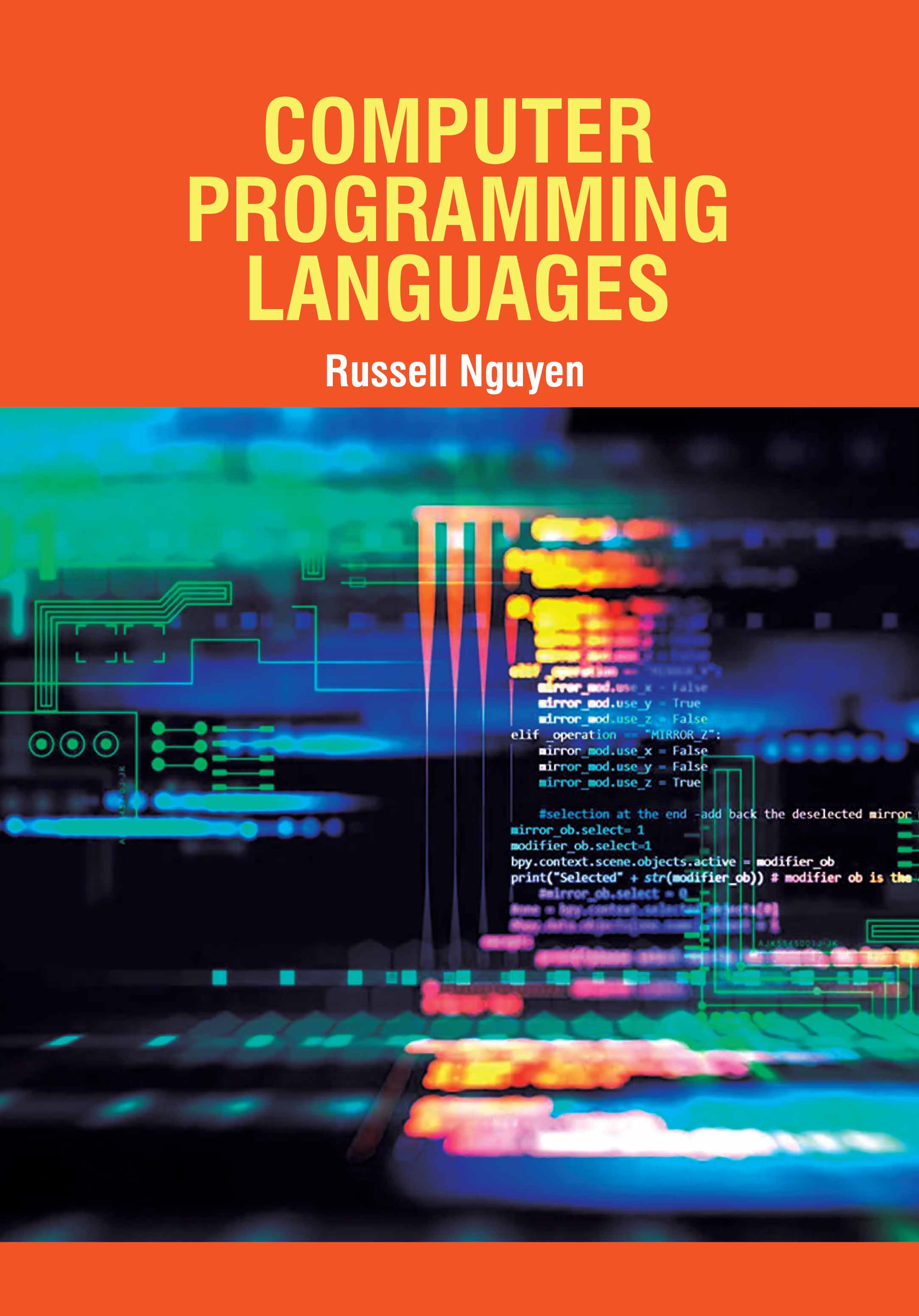About This Book
Bioinformatics plays a critical role in understanding genome regulation and structure, offering tools to
analyze the intricate systems that govern gene expression and DNA organization. The genome, as the
complete set of an organism's DNA, carries the essential instructions for cellular processes. Regulatory
mechanisms, such as transcription factors, enhancers, and promoters, control when and how genes are
expressed. Bioinformatics aids in identifying these regulatory elements by processing large-scale
genomic data from techniques like ChIP-seq, RNA-seq, and DNA microarrays. One major focus of
bioinformatics in genome regulation is understanding epigenetic modifications, which affect gene
expression without altering the DNA sequence itself. Modifications such as DNA methylation and histone
modification influence gene activity and are crucial for processes like development and disease.
Bioinformatics tools can detect and analyze these changes, offering insights into cellular differentiation
and the mechanisms behind diseases such as cancer. In terms of genome structure, bioinformatics
enables the study of chromosome organization, gene sequencing, and structural variants. By aligning
genomes across species, bioinformatics reveals evolutionary patterns and provides insight into gene
function and structure. These approaches help identify mutations, genetic disorders, and potential
therapeutic targets, making bioinformatics indispensable in the study of genome regulation and
structure. Bioinformatics of Genome Regulation and Structure explores the application of computational
tools in understanding the regulation of genes and the organization of genomic structures. It integrates
the study of regulatory elements, epigenetics, and genome architecture, offering insights into gene
expression and its implications for health and disease.
Contents: 1. Advances in Genomics, Proteomics, and Bioinformatics, 2. Computational Approaches to
Sequence Alignment in Bioinformatics, 3. Technologies for Genome Sequencing and Analysis, 4. Applied
Bioinformatics: Project-based Approaches, 5. Gene Mapping, 6. Biological Data Repositories in
Bioinformatics, 7. Application of Recombinant DNA Technology, 8. Gene Analysis and Testing Techniques,
9. Transmission of Biological Agents.

